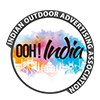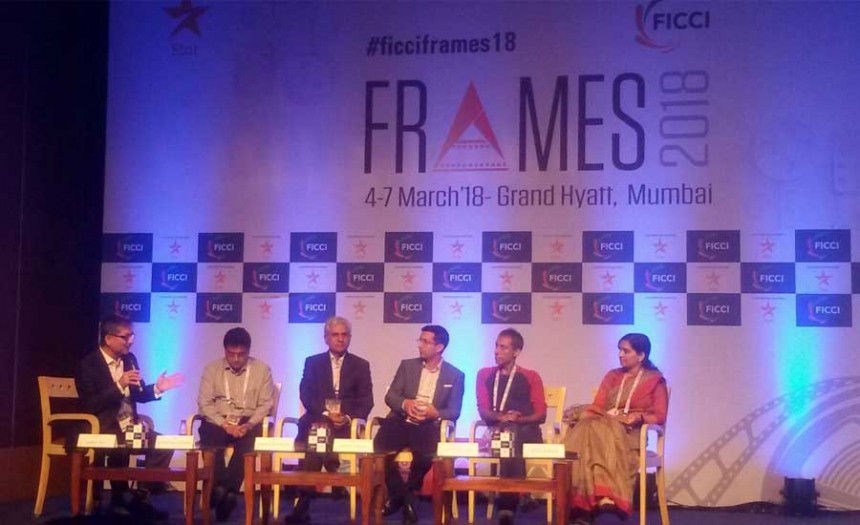7th March 2018
Grand Hyatt- Mumbai
DOOH AT FICCI - FRAMES, the largest Indian event on Media and Entertainment.
On the final day of FICCI-Frames 2018, Digital Out-of-Home – DOOH – finally had its say. Incidentally, this is the very first time ever that FIICI-Frames has had O-O-H in its extensive agenda. Evidently, it’s the D in DOOH that swung the pendulum ...!
IOAA collaborated with Frames to put together this Panel Discussion, and indeed also convinced FICCI to include this subject this year. Moderated by Indrajit Sen, the objective was to dispel all doubts about the huge efficacy of DOOH and outline way around the factors holding back its quick adaptation in India. The Panellists were selected accordingly: the largest global specialist OOH agency, largest global OOH media company, the Indian company that has maximum experience with operating DOOH together with one of the foremost creative minds in Digital Communication. And, finally, the architect of the new impending Outdoor Advertising Policy in Mumbai – the single largest market for OOH in India, and the main catalyst for DOOH in India.
Sen introduced the topic and pointed out DOOH is already 40%+ of total OOH revenues in UK, North America and in China its about half the total area of OOH displays. He also pointed out the regulatory disparities with some cities like Kolkata, Bengaluru, Kochi, Lucknow Ahmedabad permitting digital OOH since many years now but Mumbai, Delhi and number of other cities and states still holding off citing some dated reports. However, with all regulatory restrictions in place and no data to support the hazardous nature of DOOH, what is preventing rapid adoption, he wondered.
In the ensuing presentations and discussions, Suresh Balakrishna of Kinetic presented the enormous growth that digital has brought to Out-of-Home advertising and to advertising effectiveness in all countries that have adopted this technology. He also emphasised the enormous support that this medium has amongst spenders and expressed confidence that its only a matter of time before India too embraces this in a big way. Pramod Bhandula of J C Decaux then presented the flexibility of digital OOH across different formats and ways it connects with other digital media and formats to provide creative and innovative communication flexibility to brands and smart cities alike. Jahan Mehta of OneAd, Kolkata, presented how the Police and State Government has come together to utilise digital OOH formats they have installed in Kolkata, without a single instance of any mishap or hazard report yet. On the contrary, larger numbers of digital formats are now being encouraged. Mukesh Manik of Encyclomedia showed how digital OOH encourages and supports creativity in brand communication and seamlessly connects and synergises with other forms of digital communication. Ms Nidhi Chowdhuri of MCGM commented on how she has noted that this is a development that cannot be ignored and in fact needs rapid inclusion. She also noted that huge presence and growth of this medium across the world is a statement that its usefulness and efficacy transcends its potential negative effects. In the final wrap up, Sen commented
How DOOH can compensate for loss of classic OOH sites due to metro and other transport systems being executed in all large cities in India and that smart cities are proving that DOOH is the main information network infrastructure. He hoped that regulators would take these views on board in future and support rapid adoption of Digital OOH in India.
Regards,
IOAA


